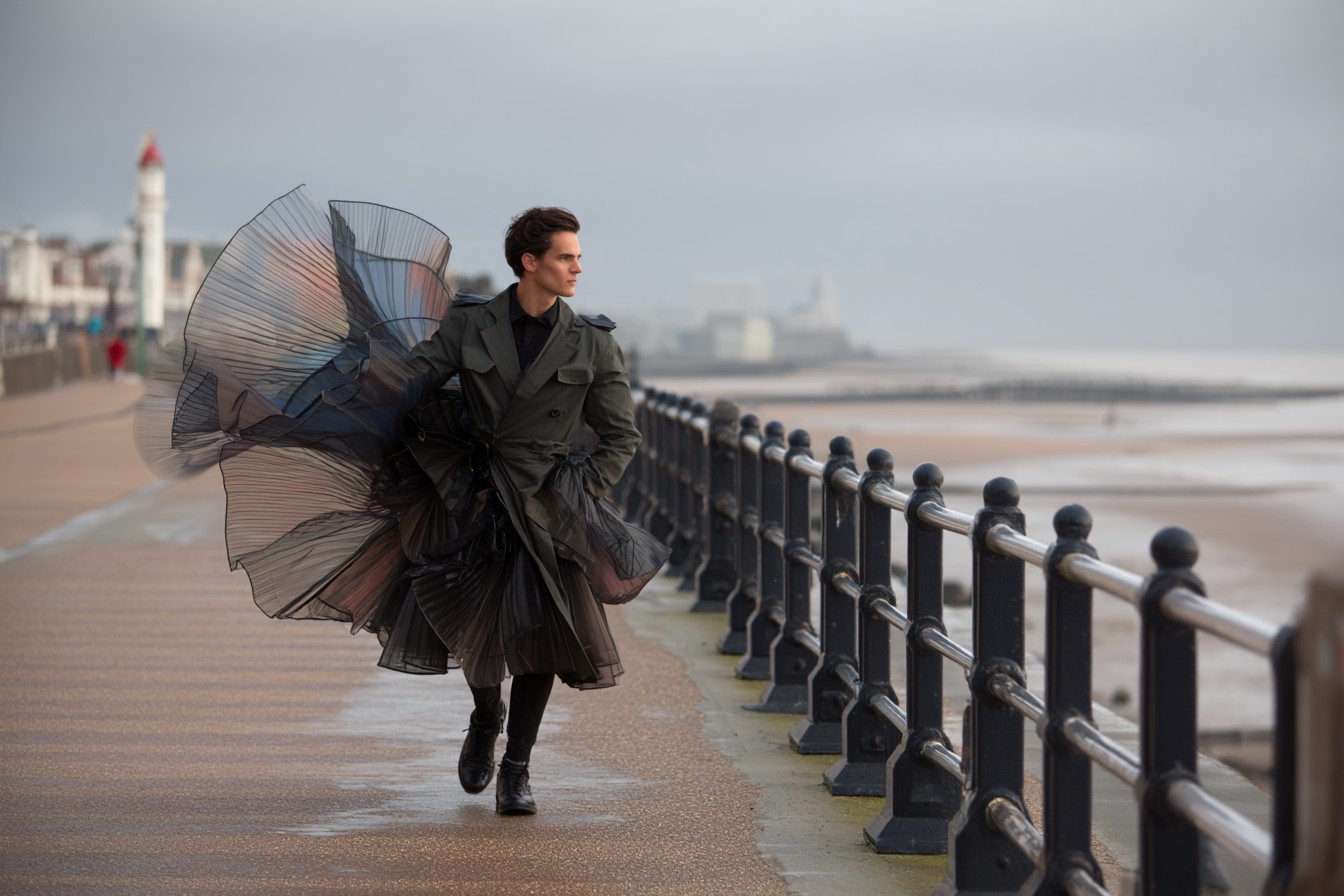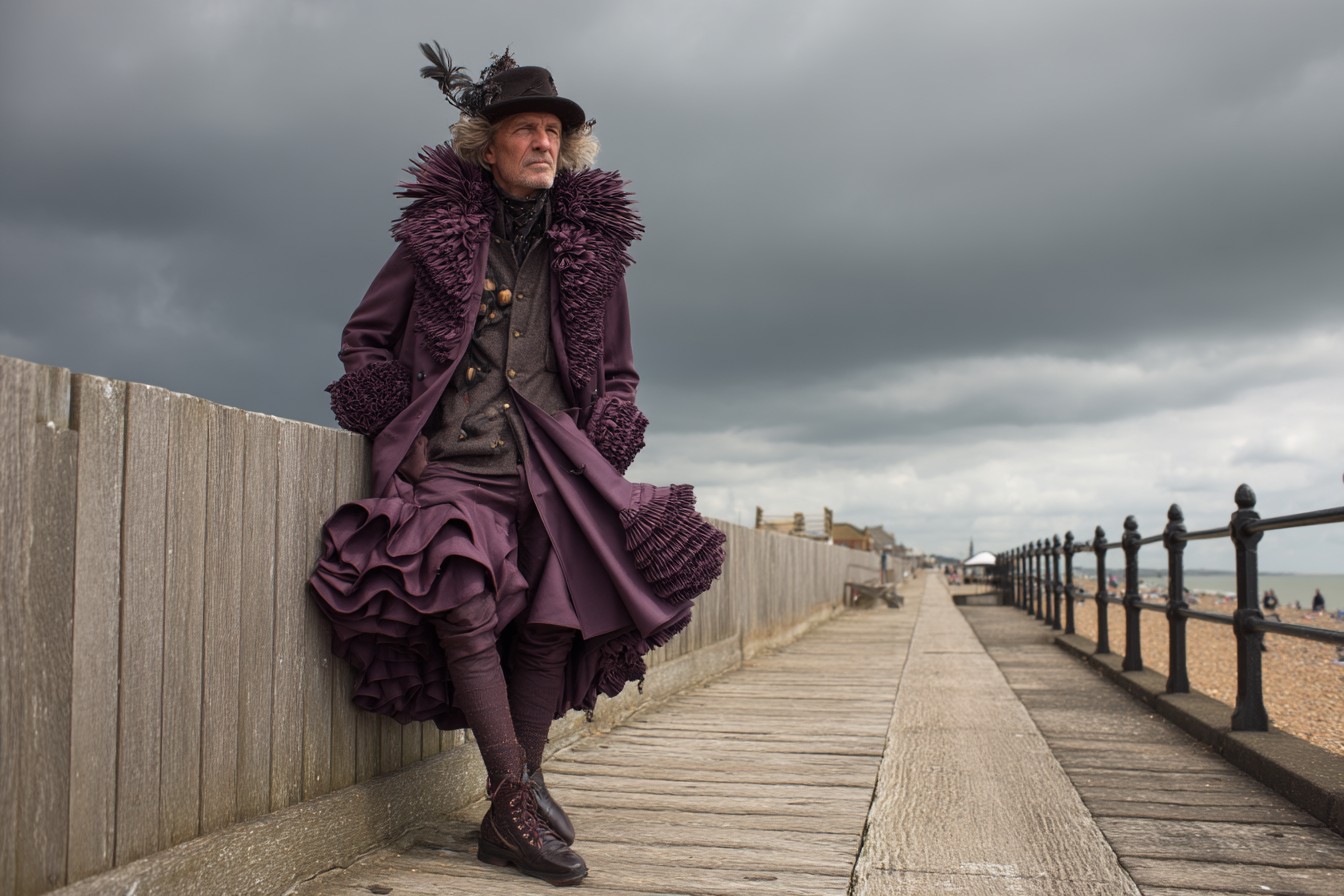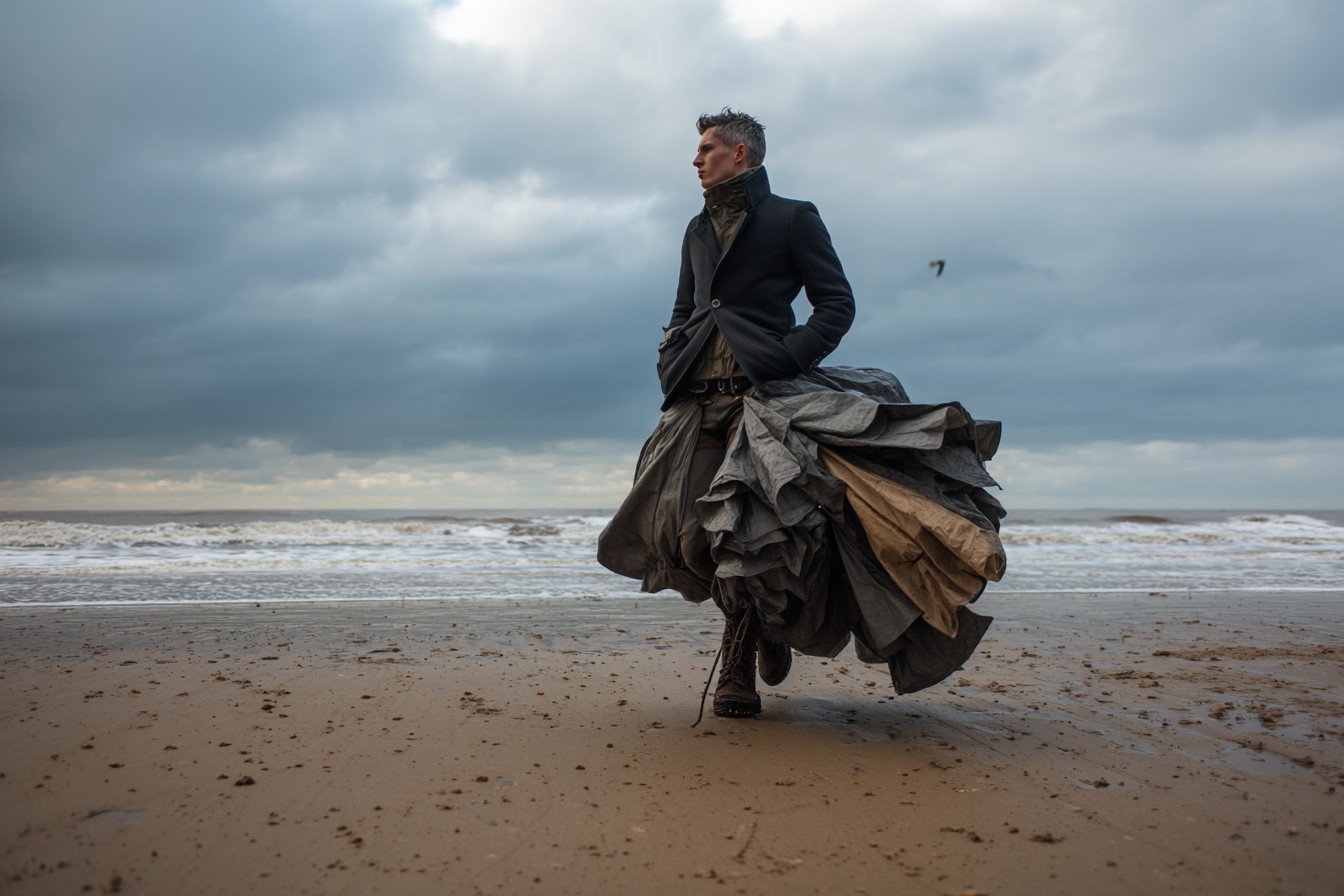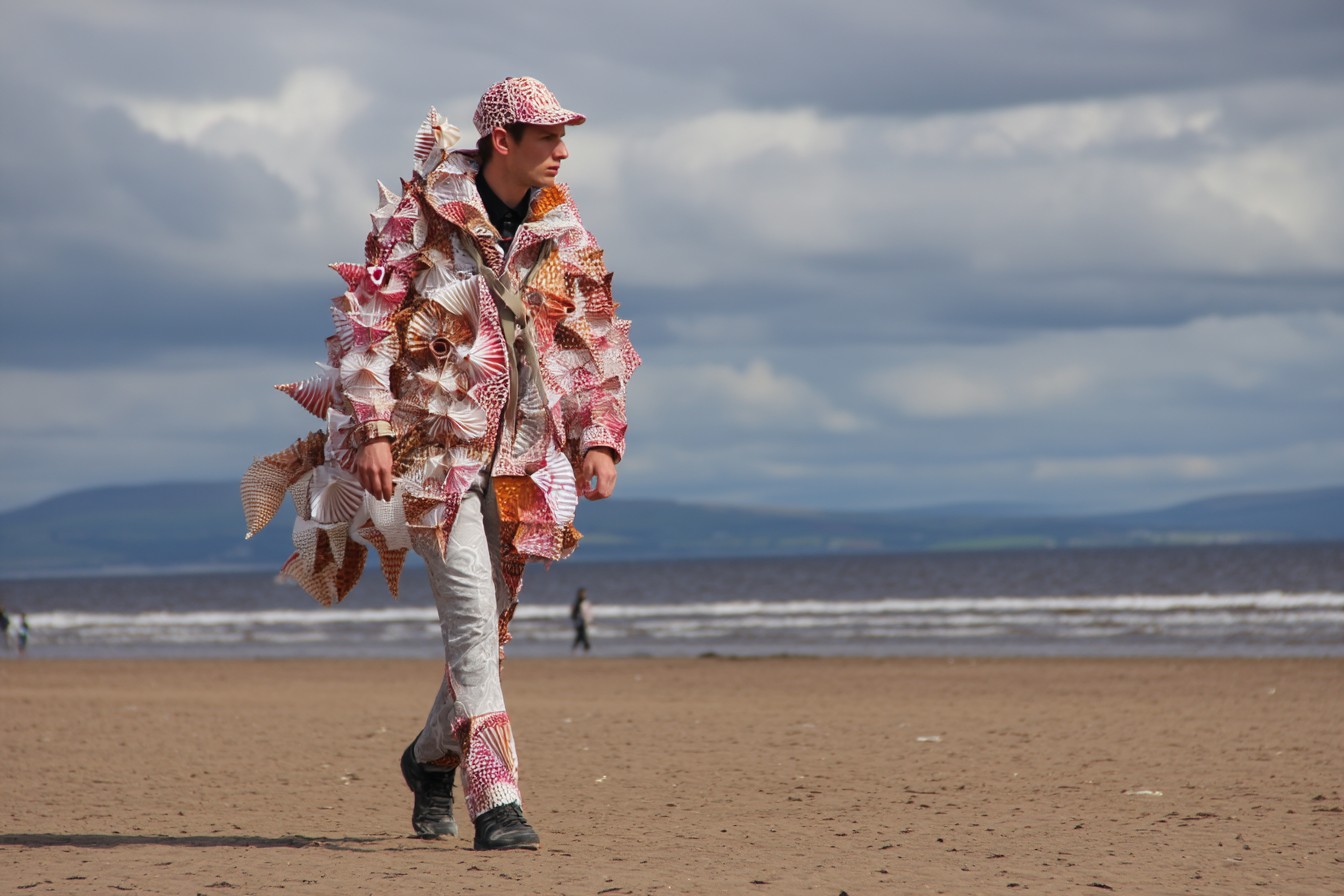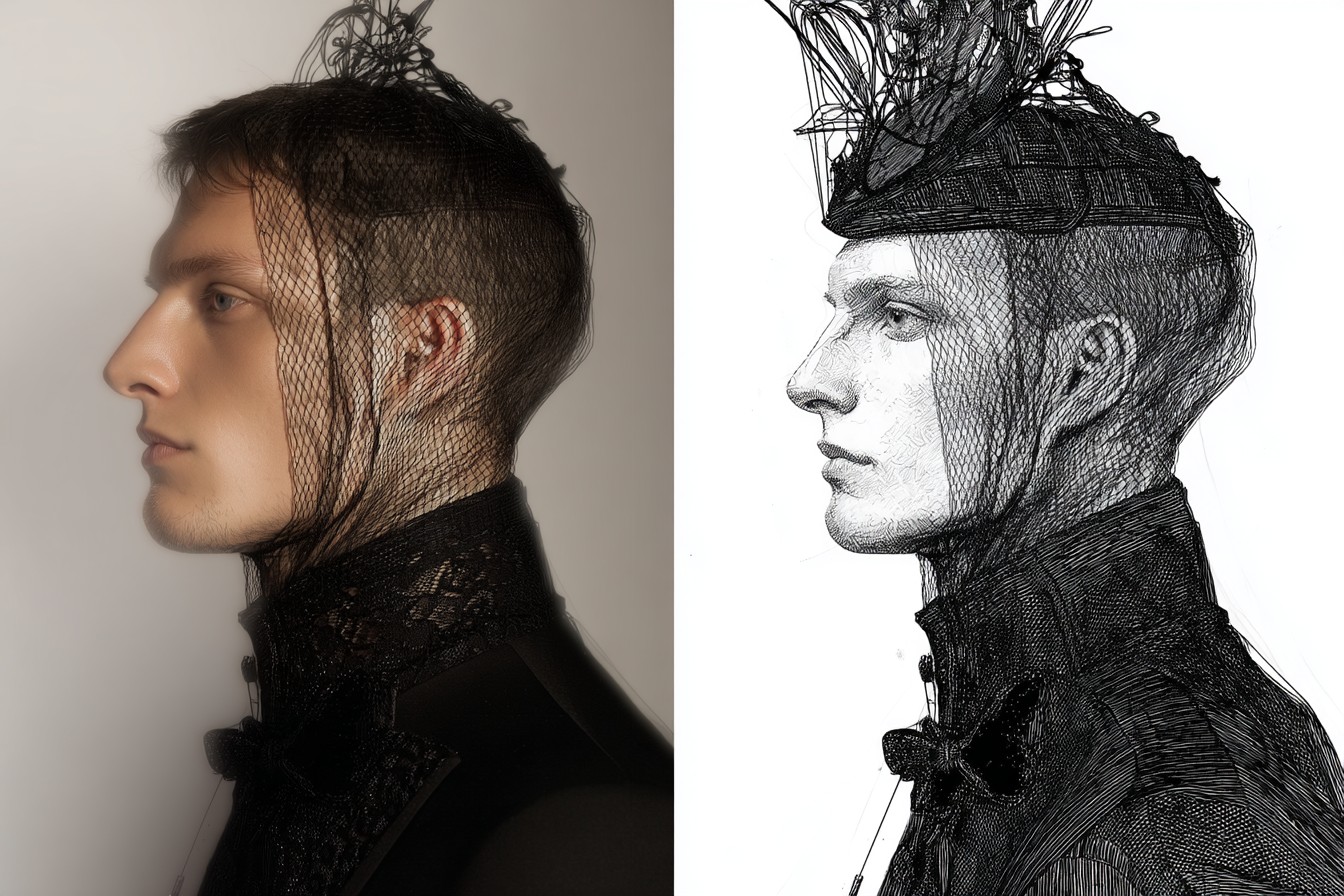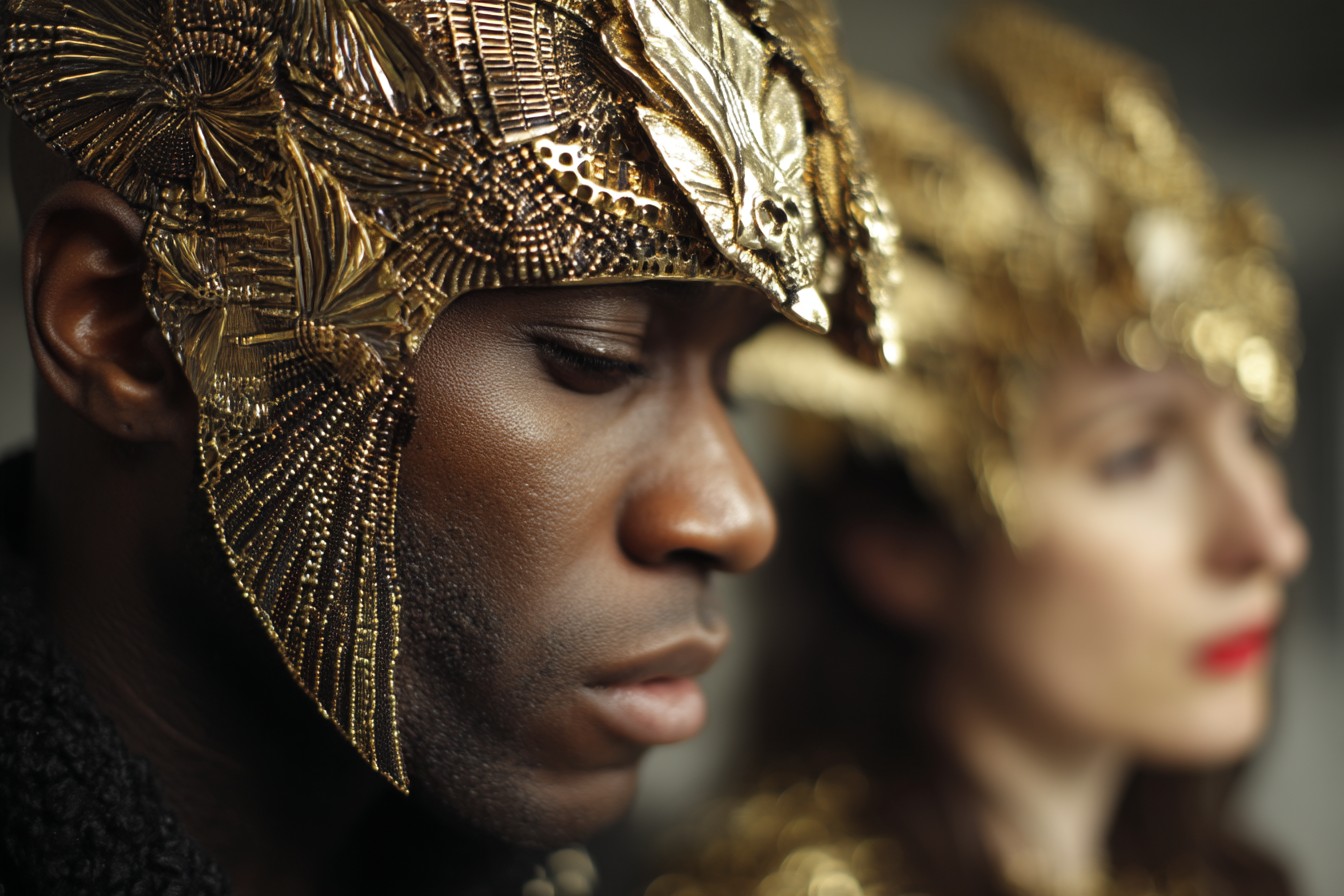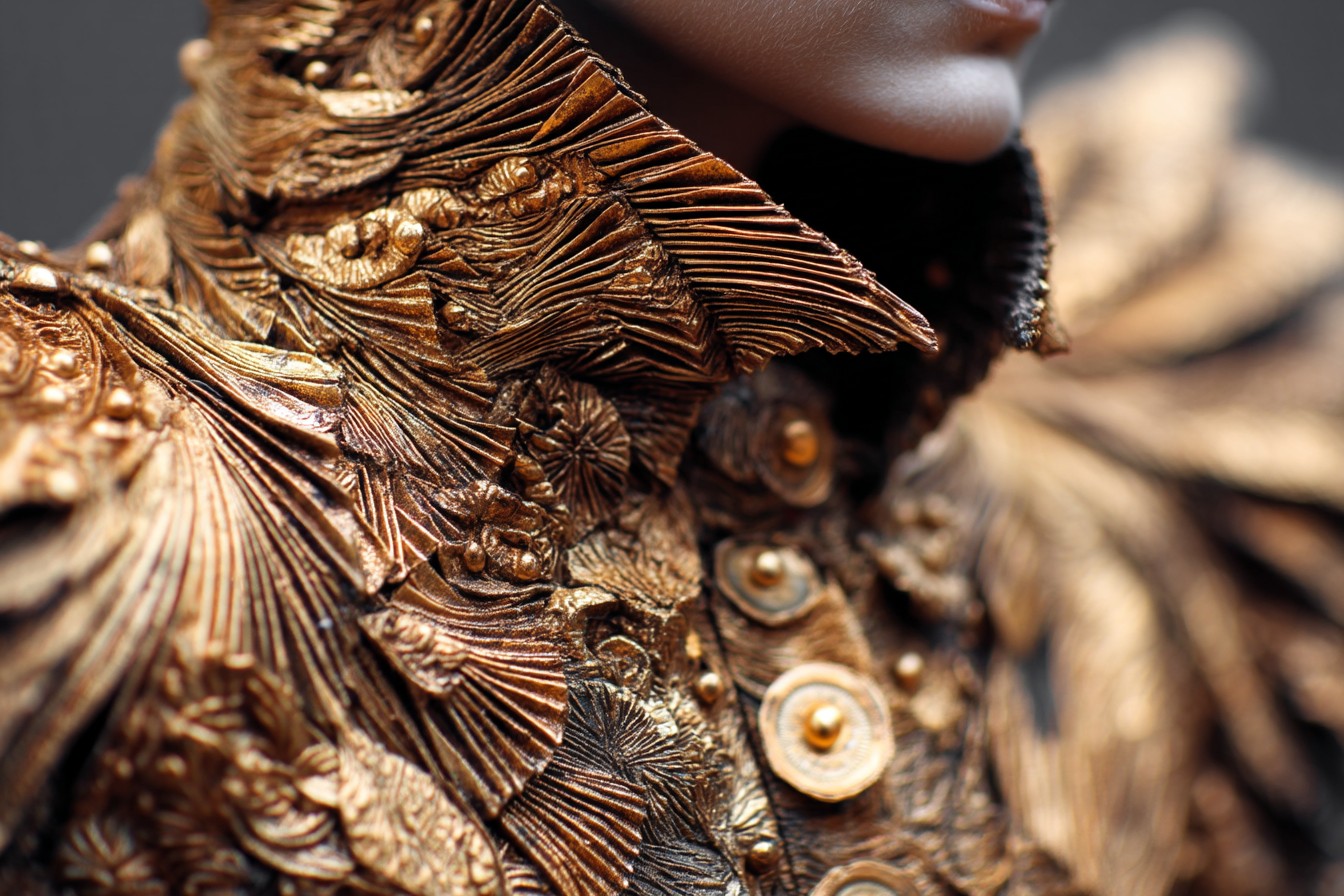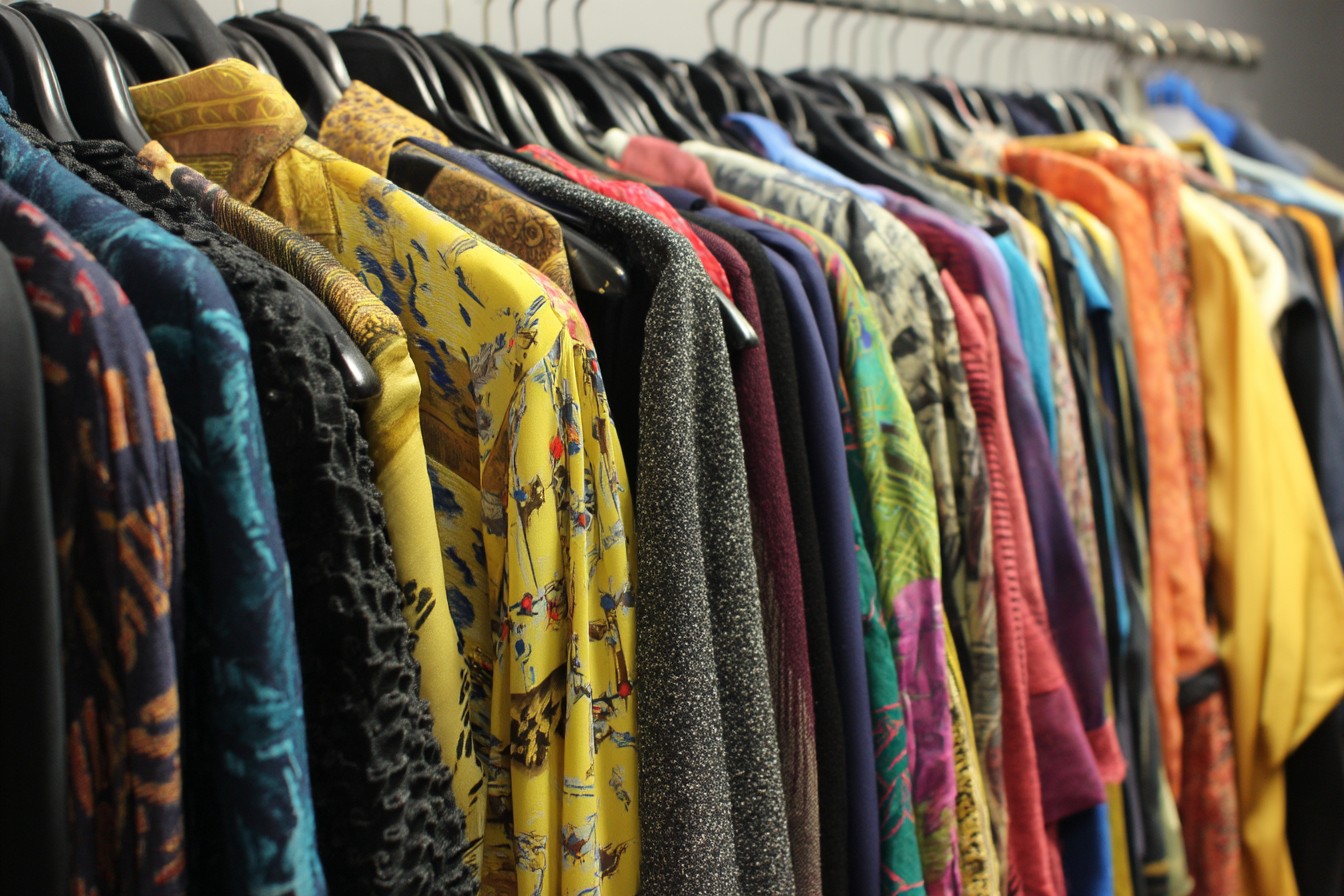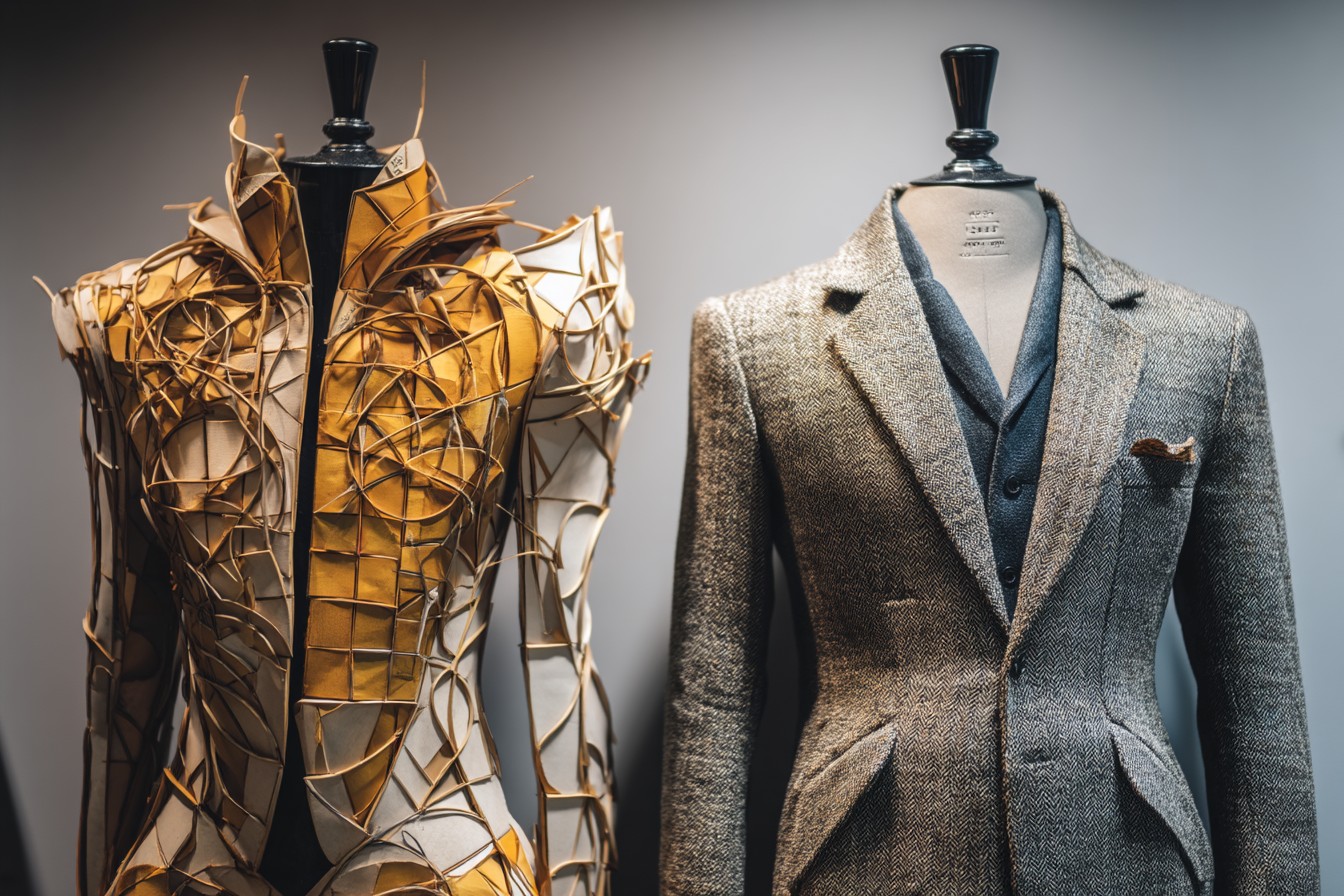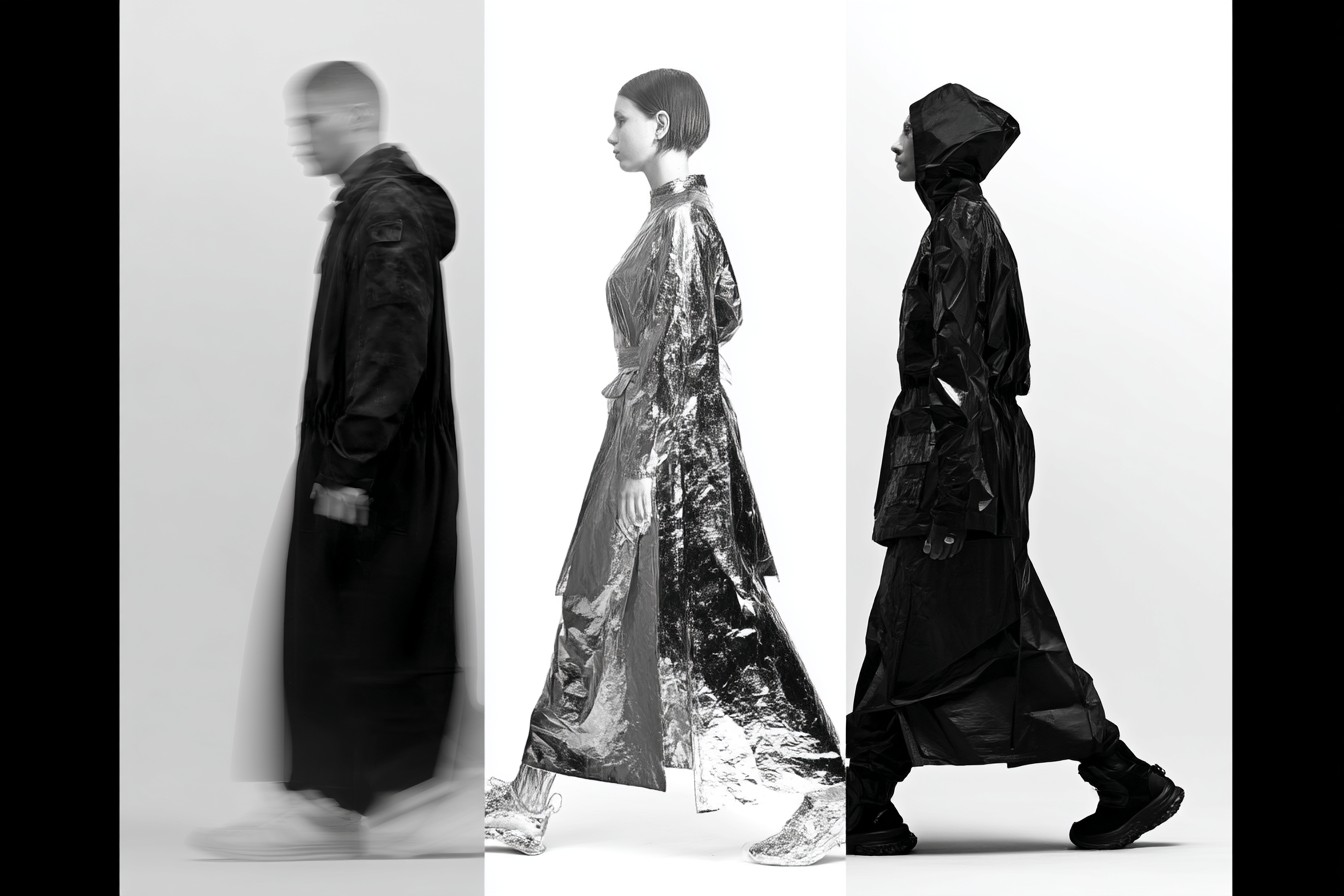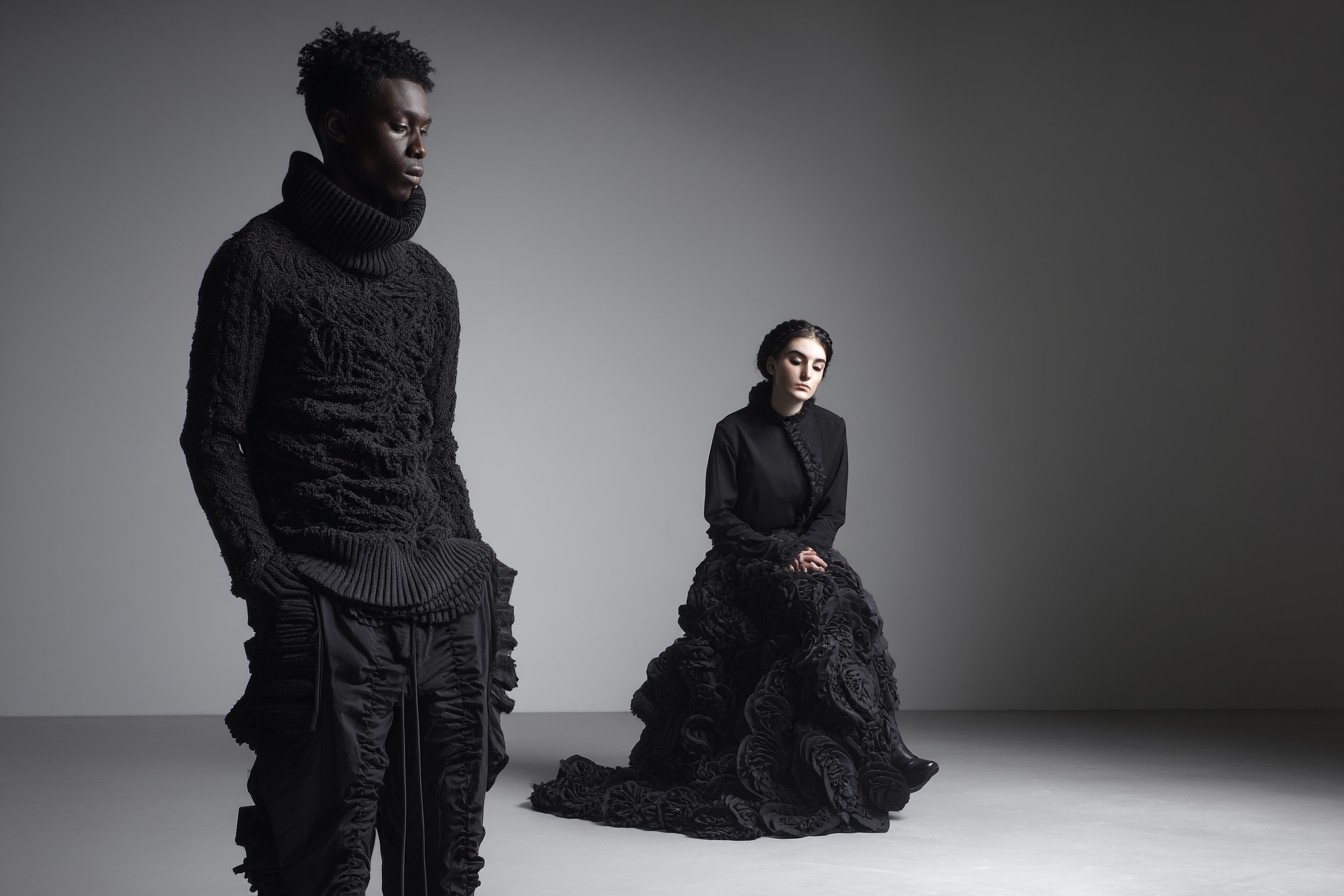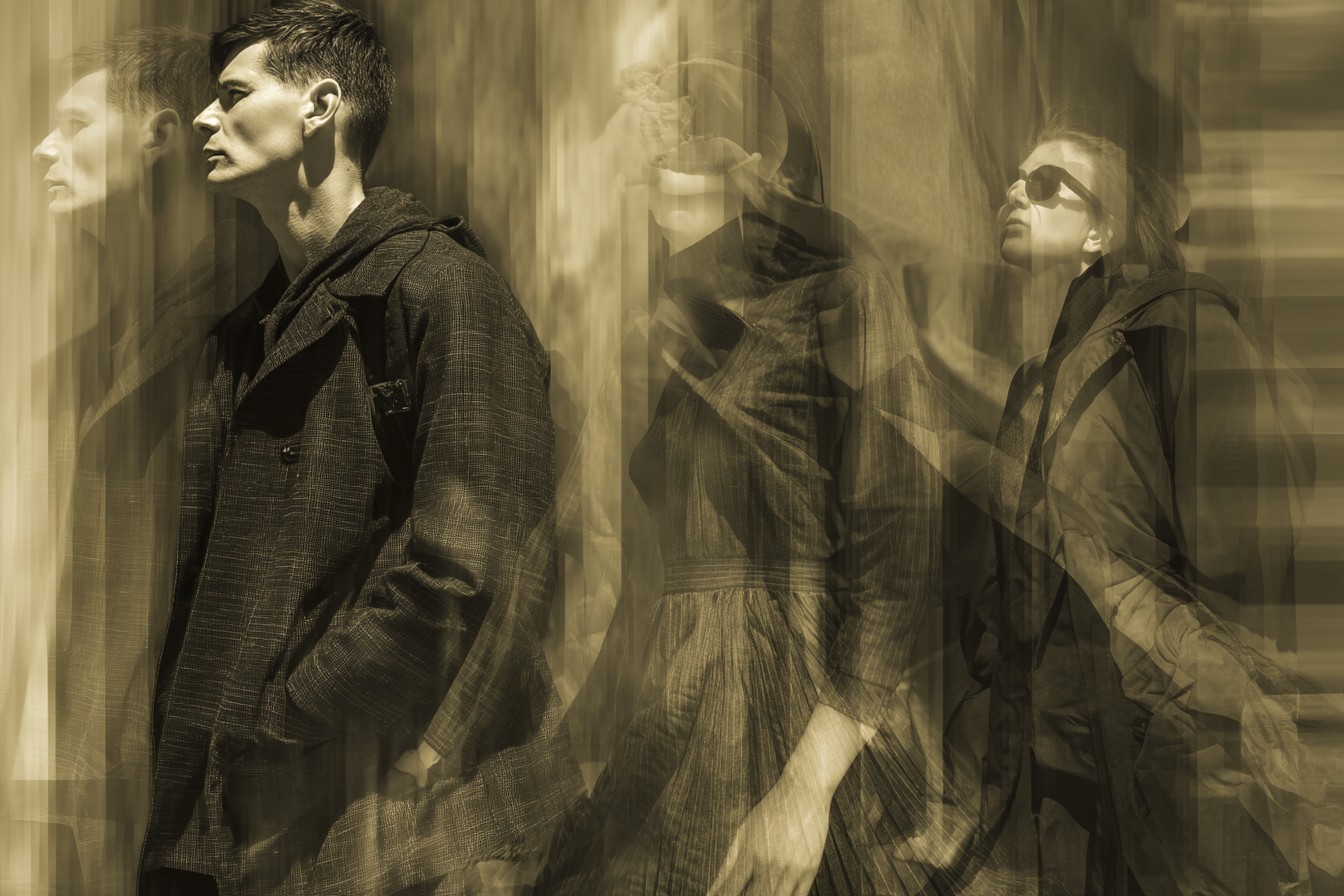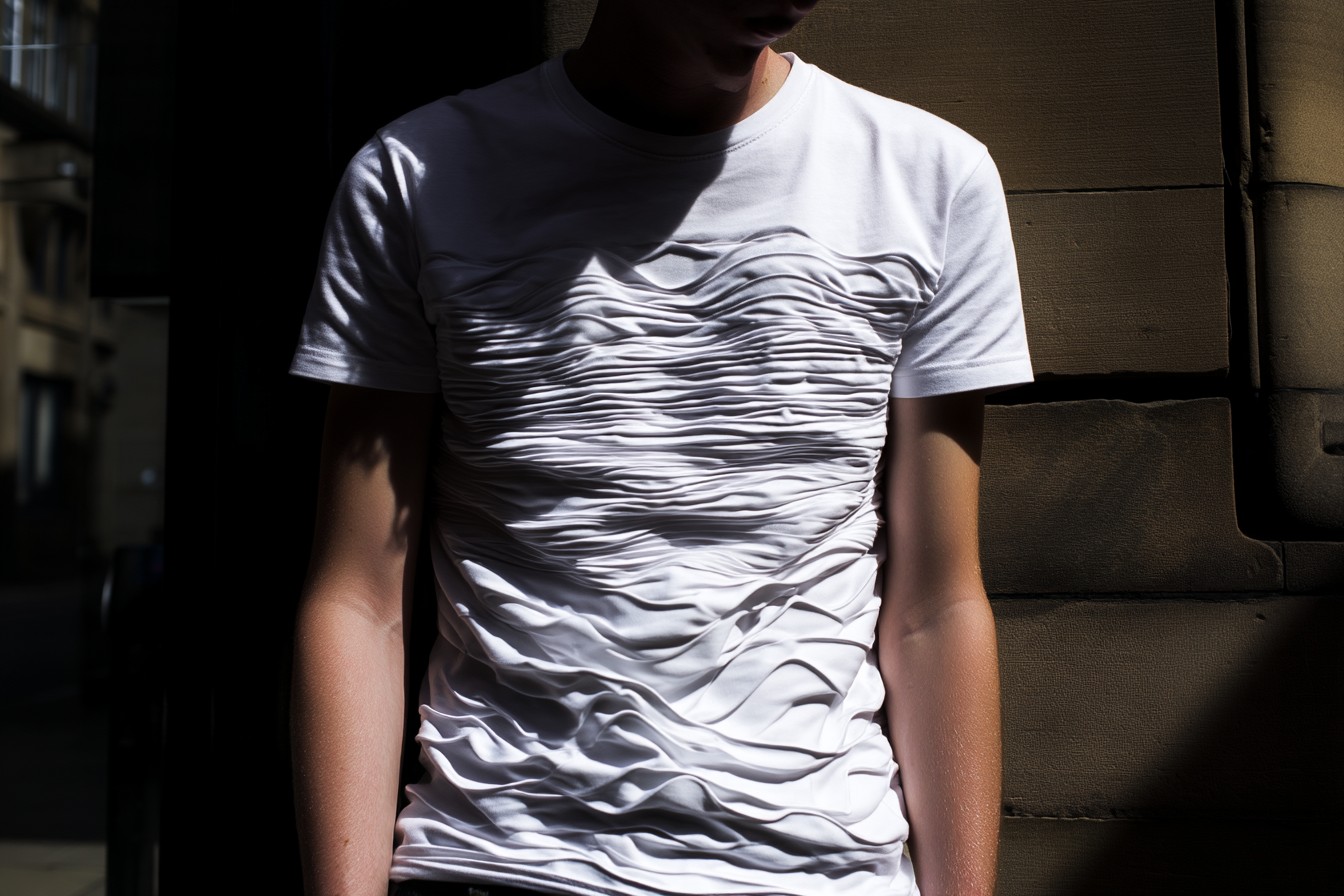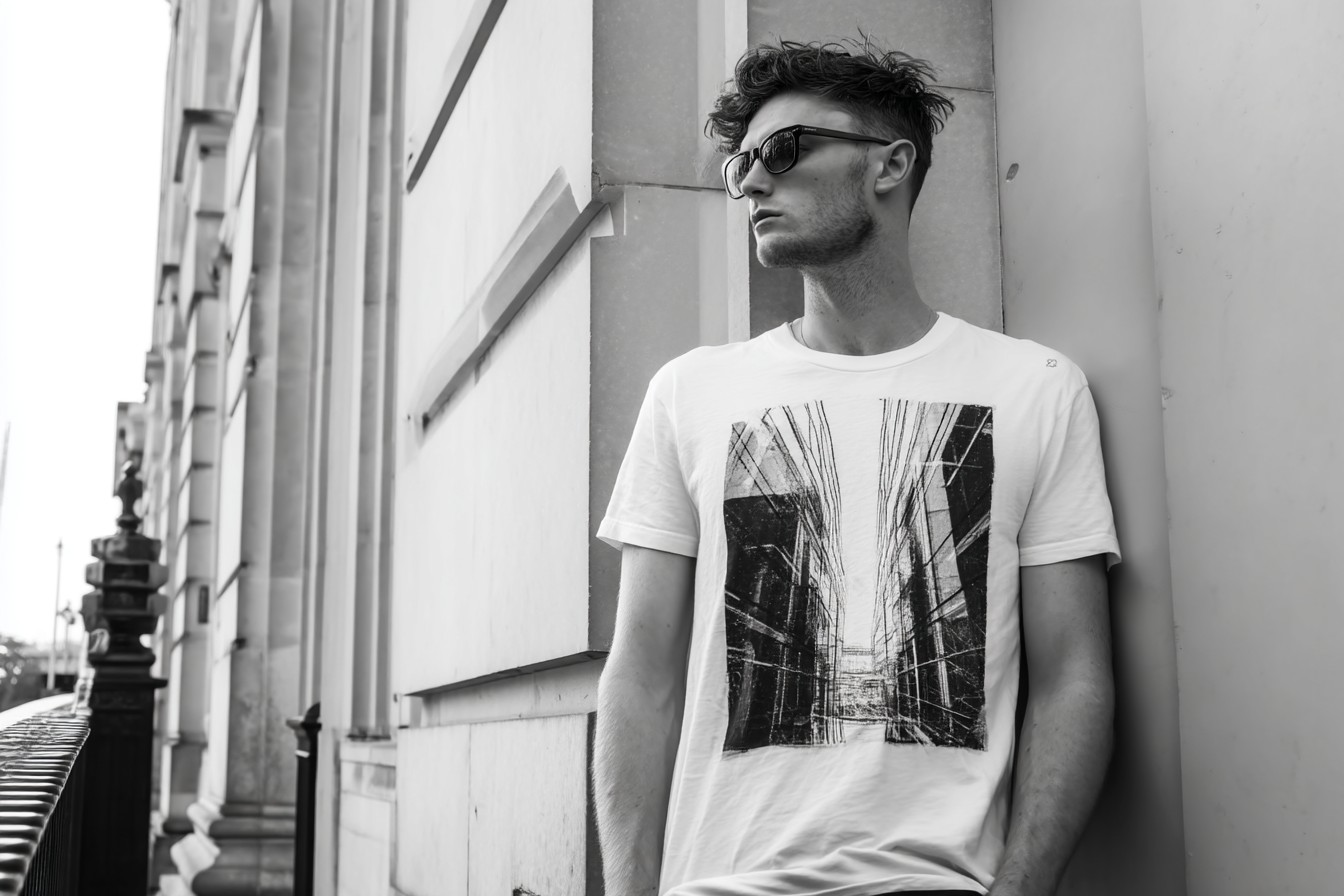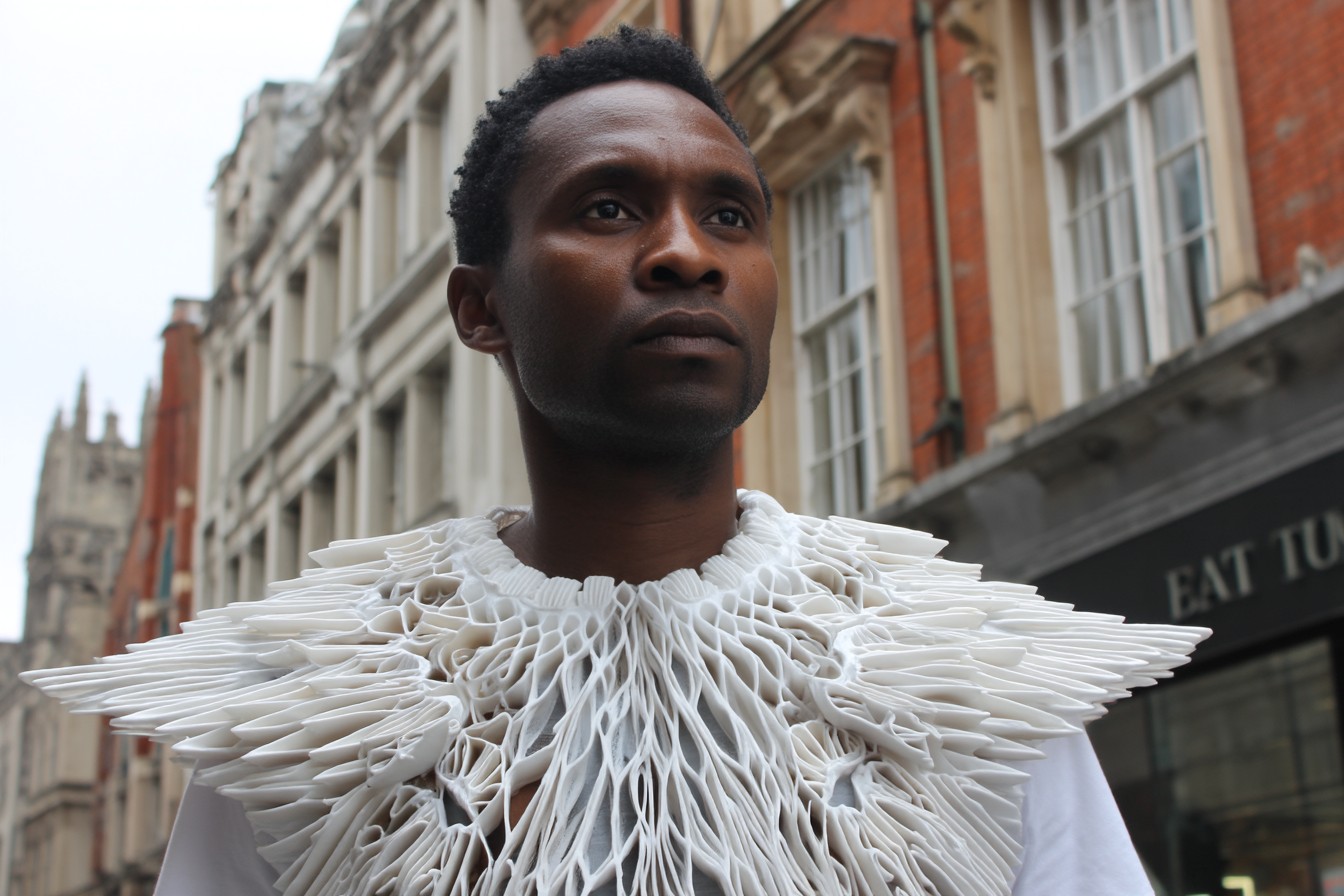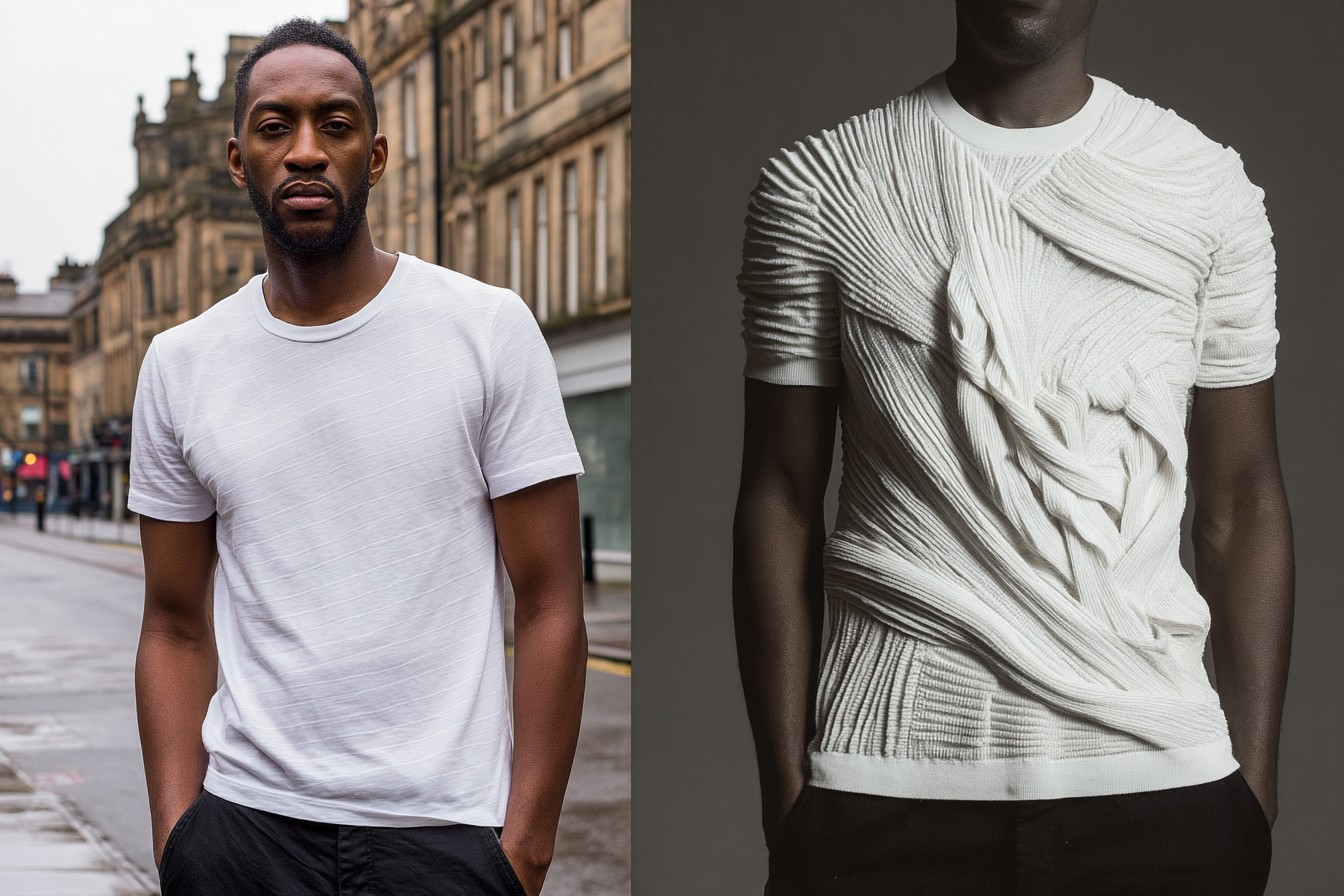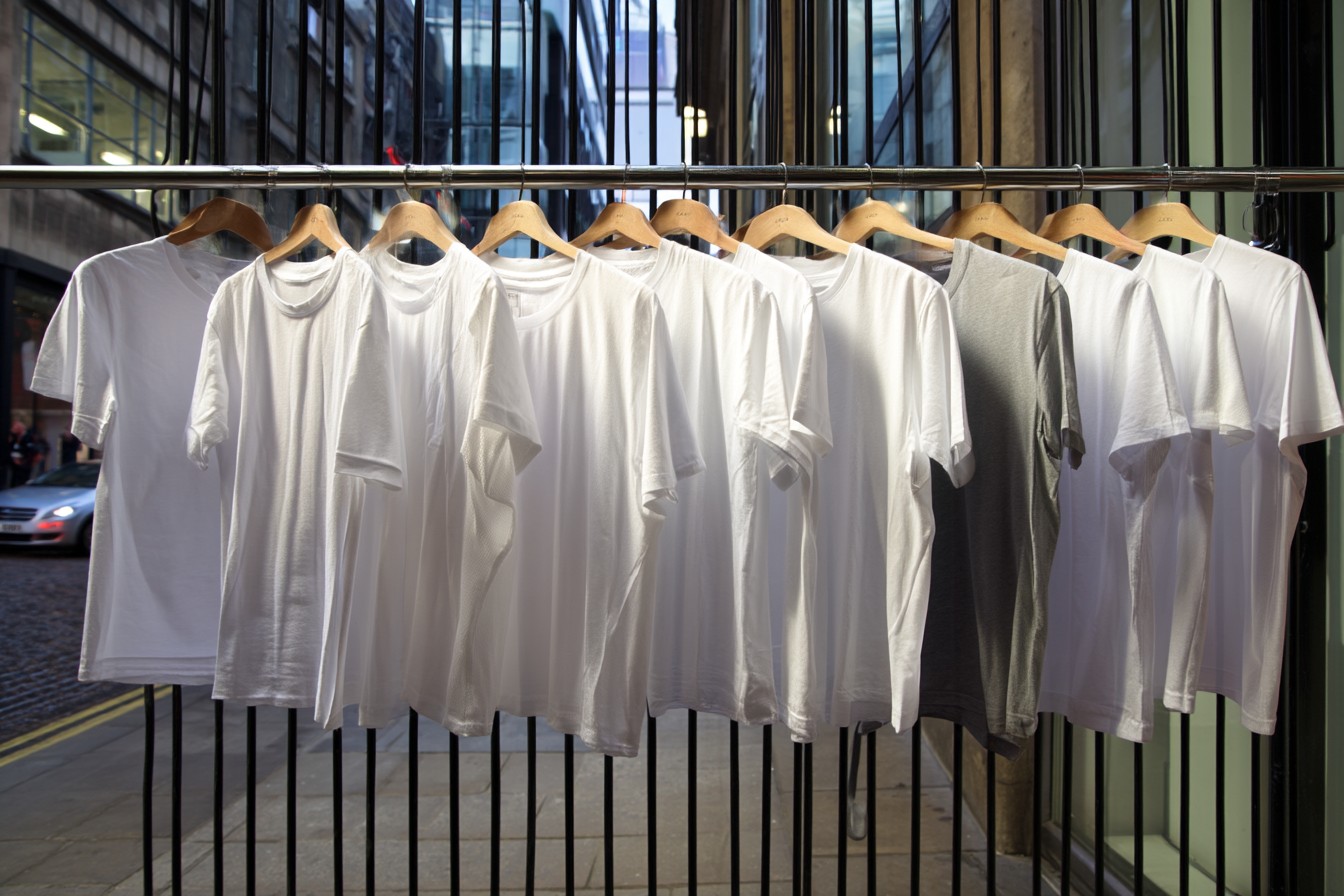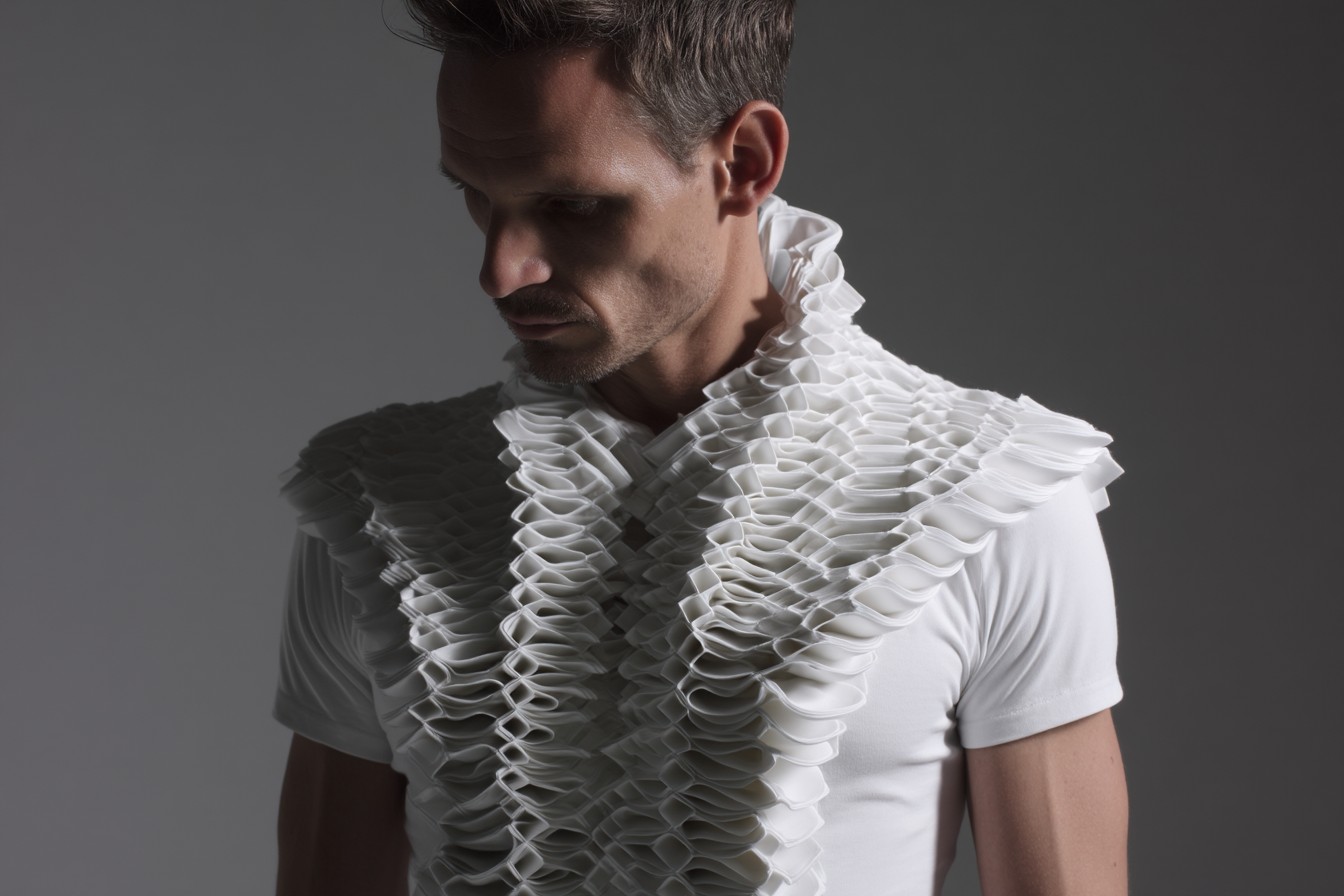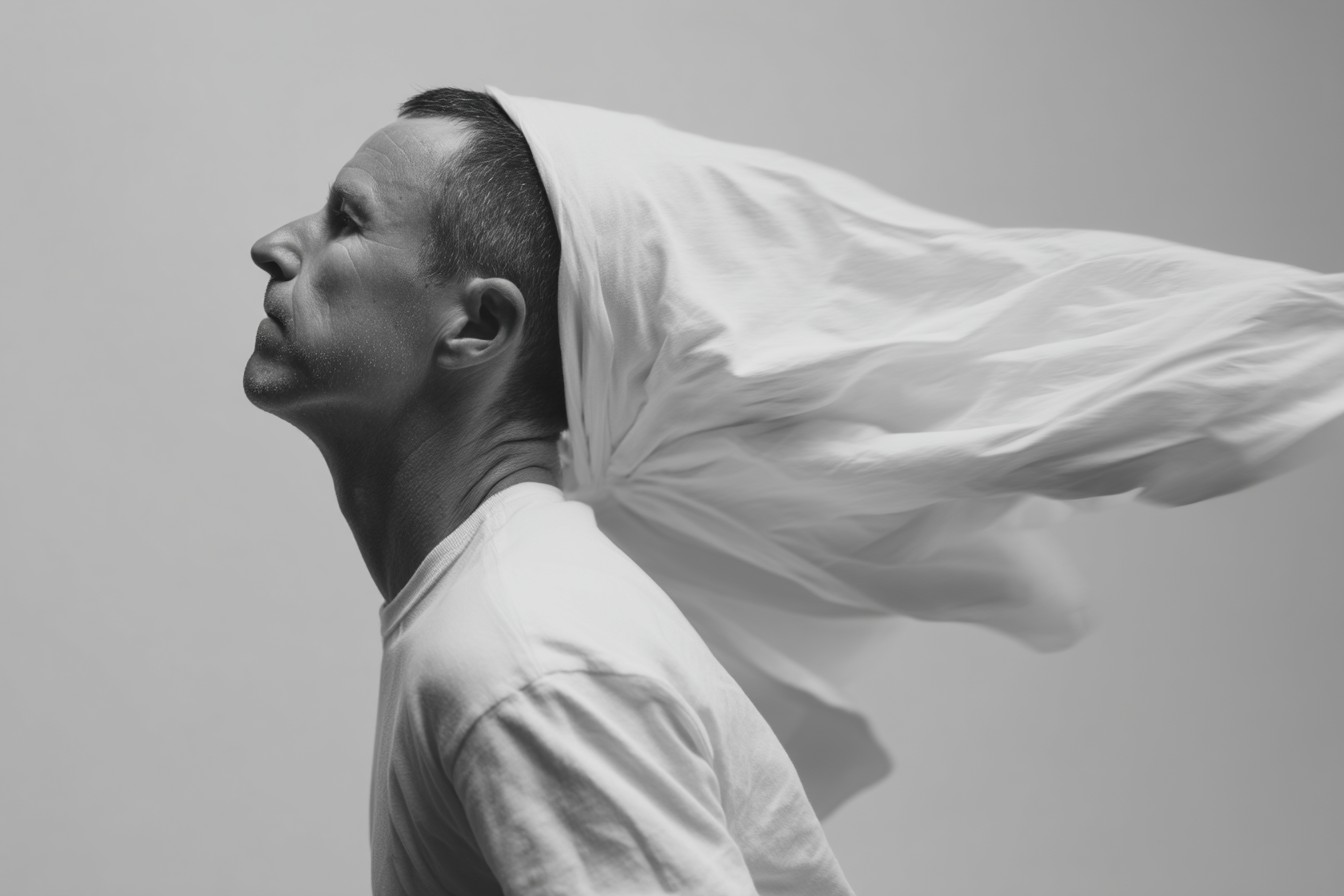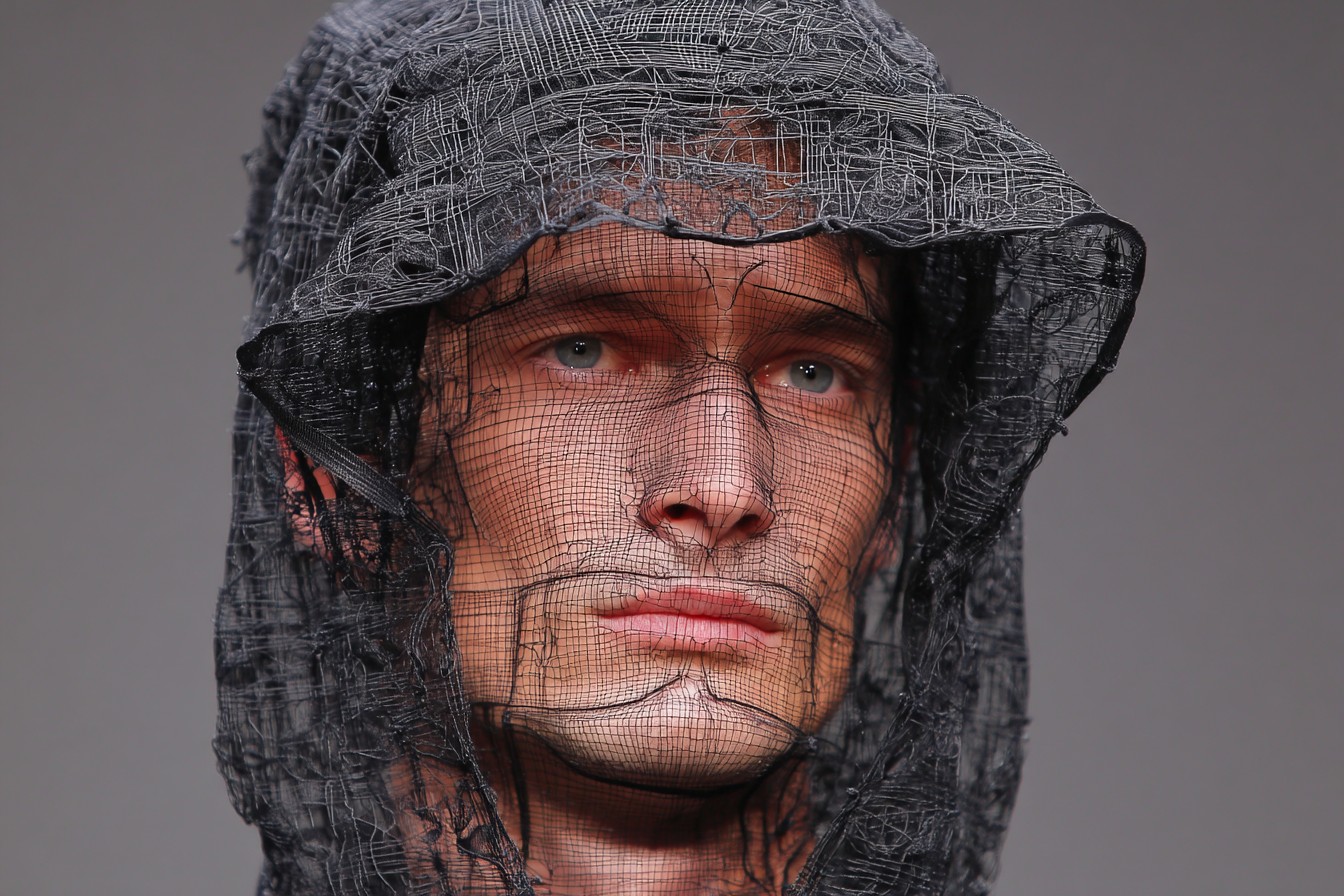I walked past a major accountancy firm in the City last Tuesday around lunchtime. Pre-pandemic, this would have guaranteed a sea of navy and charcoal suits, white shirts, conservative ties—the full corporate uniform that’s been the backbone of British office style since time immemorial. Instead, I witnessed a bizarre sartorial melting pot: a bloke in what looked like technical hiking trousers paired with a blazer; a woman in a proper suit but with trainers; someone senior (judging by the grey hair and confident stride) in chinos and an open-necked shirt; and, most shocking of all to my traditionalist core, a young man in—I swear this is true—shorts. Not tailored Bermudas, mind you. Actual casual shorts. In the City. In an accountancy firm. If my father had witnessed this scene, he’d have needed smelling salts.

British office style in 2024 is, to put it mildly, experiencing an identity crisis. The pandemic took our neatly defined workplace dress codes, threw them in a blender with our newly discovered appreciation for elasticated waistbands, and created a confusing smoothie of conflicting signals. What’s appropriate now varies wildly not just between industries (that was always the case) but between companies in the same sector, between different offices of the same company, and sometimes between different days of the week in the same bloody office.
“I have no idea what to wear anymore,” confessed James, a former university mate who works in insurance, over pints last month. “Half the office is in full suits, the other half looks like they’re about to go for a run, and I’m stuck in this weird middle ground wearing smart trousers with casual shirts feeling like I’ve got it wrong no matter what I do.” His confusion isn’t unique. I’ve received more panicked messages about office attire in the past two years than in the previous decade combined, and these aren’t just from fashion-phobic blokes who’ve always needed guidance—these are from people who previously navigated workplace style with confidence.
So what’s actually acceptable in British offices now? Let’s break it down by sector, based on my deeply unscientific but extensive research consisting of reader questions, mates working in various industries, and lurking outside office buildings pretending to be on my phone while actually taking mental notes of what people are wearing (I never claimed this job was always dignified).

Banking and Finance: Still the most conservative sector, but with significant cracks in the armor. The traditional City uniform of dark suit, proper shoes, and tie remains standard in client-facing roles and senior positions, especially in the old-guard institutions. However, US-influenced banks have relaxed considerably—Goldman Sachs officially relaxed their dress code back in 2019, and post-pandemic, they haven’t reversed course. The safest approach seems to be a well-cut suit worn without a tie, or smart separates (tailored trousers and a blazer). Shoes remain a sticking point—proper leather shoes are still expected in most institutions. The trainer-with-suit look that’s infiltrated other sectors hasn’t fully breached these citadels yet, at least not widely.
My banker friend Tom says the key is to “dress like the most conservative person in the room, minus 15%.” Enough to show you understand the culture but aren’t stuffy. His personal formula: suit with no tie Monday-Thursday, smart casual Friday, and reading the room when meeting clients rather than assuming a suit is always necessary.
Law: Nearly as conservative as finance on the surface, but with more variety underneath. Magic Circle firms maintain formal expectations for client meetings and court appearances (obviously), but day-to-day office wear has relaxed. Dark suits remain common but are no longer mandatory daily attire in many firms. A solicitor contact describes the current approach as “smart business separates”—good trousers, proper shirts, blazers or sportcoats, but not necessarily matched suits. Ties have become increasingly optional except for court and formal client meetings. Smaller firms, especially in areas like family law or those outside London, have embraced business casual more fully. The age divide is stark here—older partners generally maintain traditional standards while younger associates push the boundaries.
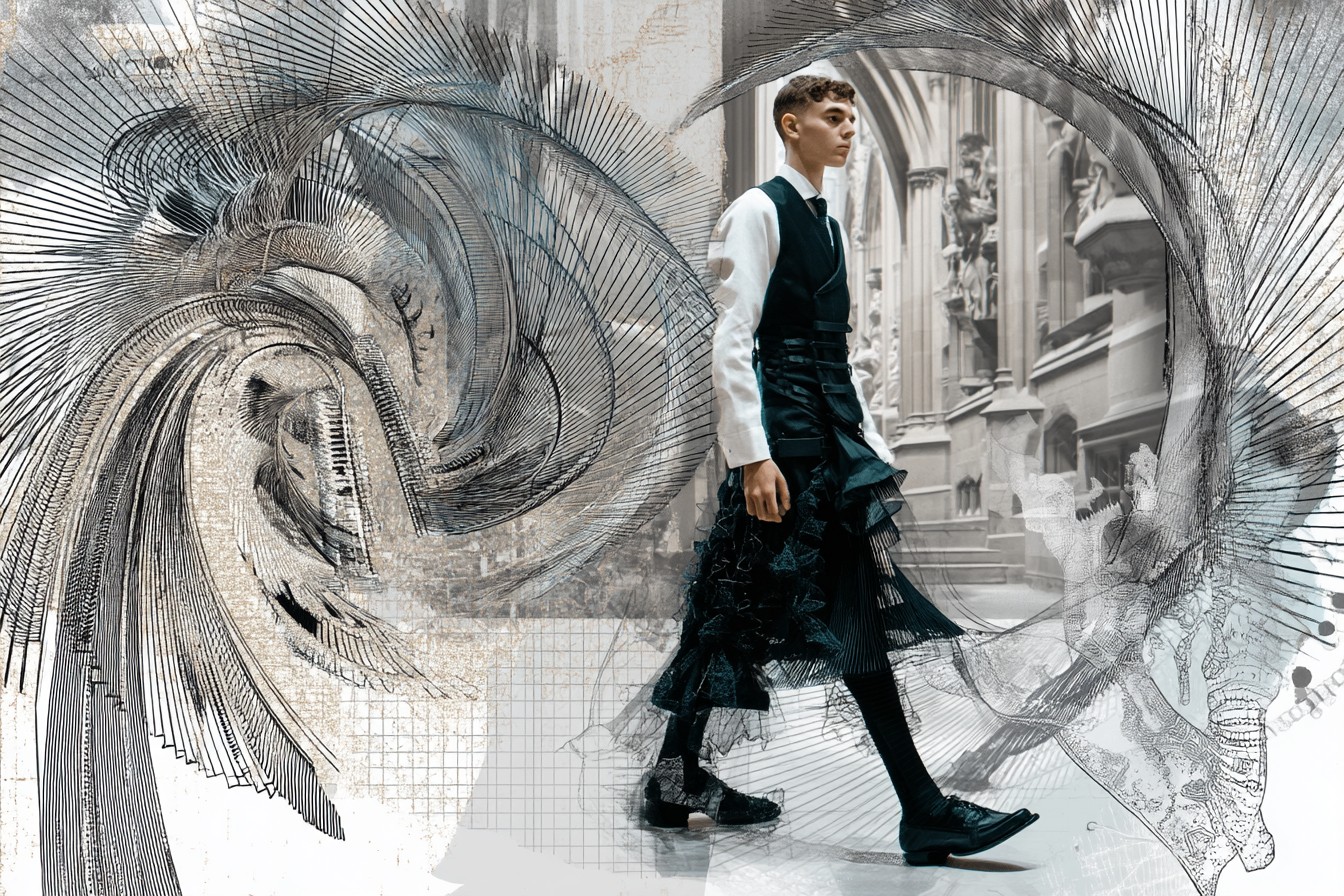
Accountancy and Consultancy: Genuinely confusing territory now. The Big Four have officially relaxed dress codes to varying degrees, but implementation differs wildly between offices and teams. Client-facing roles still tend toward traditional business attire, while internal teams have embraced everything from smart casual to borderline weekend wear. A senior manager at Deloitte told me they now dress specifically for each client—suits for traditional sectors, business casual for tech and creative industries—which means keeping a suit jacket in the office for emergency formality.
The trend toward “dress for your day” policies sounds liberating but actually creates anxiety for many. “I spend more time worrying about what’s appropriate now than when we just had to wear suits,” complained one EY employee. “If I’m too formal I look stuffy, too casual and I look unprofessional.” The general safe zone seems to be tailored trousers, a proper shirt (though possibly patterned), and smart shoes, with a blazer available if needed. It’s essentially a modernized take on business casual that can be dialed up or down.
Marketing, Media and Creative: Always the early adopters of casual workwear, these sectors have now abandoned nearly all boundaries except for client presentations. However, the freedom has created its own pressure—there’s an expectation of stylish individuality that can be more stressful than following a simple dress code. A smart-casual formula driven by quality and fit rather than formality seems to dominate—think good jeans or chinos, casual but well-cut shirts, knitwear in cooler months, and clean trainers or desert boots. My mate who runs a design agency says his only rule is “nothing you’d wear to paint the house or go to the gym,” which seems both liberating and completely unhelpful as specific guidance.

Tech and Startups: The stereotype of hoodies and flip-flops isn’t entirely accurate in the UK context (we’re still more conservative than our Silicon Valley counterparts), but tech remains the most casual sector. Quality dark jeans and a decent casual shirt has become the default uniform, with trainers completely normalized. The focus is on looking clean and put-together rather than formal. However, it’s worth noting that senior management, especially those handling investor relations, often maintain a slightly sharper look—upgraded business casual rather than full relaxed mode.
Government and Public Sector: Traditional with a capital T, but slowly changing. Central government still maintains fairly formal standards, particularly in Whitehall and for senior roles. Local government has relaxed considerably more. The civil service friend I consulted described it as “dressing for credibility”—which means relatively formal attire when representing departments or meeting external stakeholders, but increased flexibility for internal operations. He still keeps a tie in his desk drawer for unexpected formal situations, which seems like sound advice for most office environments now.
The “casual Friday” concept has largely dissolved, replaced by a more nuanced approach to occasion-appropriate dressing. Instead of specific days determining formality, it’s now about your diary—who you’re meeting, what you’re doing, whether you’re client-facing that day. This actually makes more sense but requires more thought each morning.
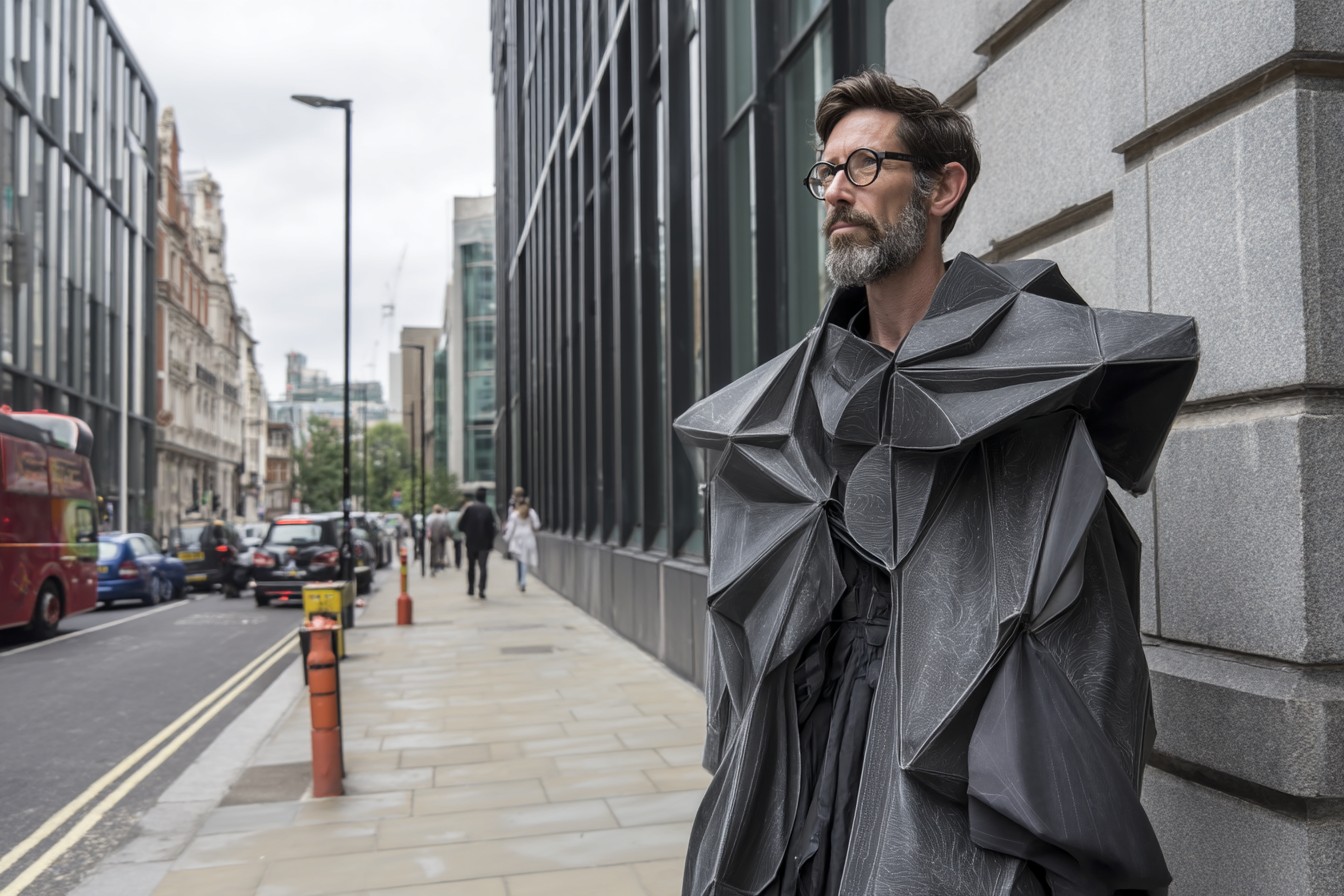
So what are the new general principles for navigating this confusing landscape? Here’s my best attempt at guidelines based on everything I’m seeing and hearing:
1. Default to the more formal option when starting a new job, then adjust once you’ve observed the actual culture. It’s always easier to relax your style than to suddenly formalize it after making the wrong first impression.
2. Invest in high-quality separates rather than full suits—good trousers, blazers, and shirts that can be mixed and matched give you more flexibility to dial formality up or down.

3. Shoes remain one of the most noticeable signals of formality. Proper leather shoes still command a certain respect in traditional environments, while clean, minimal trainers (not your gym shoes, please) are increasingly acceptable elsewhere.
4. Fit matters more than ever. The latitude in clothing choices means shabby or ill-fitting options stand out more. When dress codes relax, quality and fit become the new markers of professionalism.
5. Context is everything. The same person might legitimately wear a full suit for an important client presentation, smart separates for a normal office day, and something much more casual for an internal workshop or away day. Having a wardrobe that can flex across this spectrum is the new challenge.
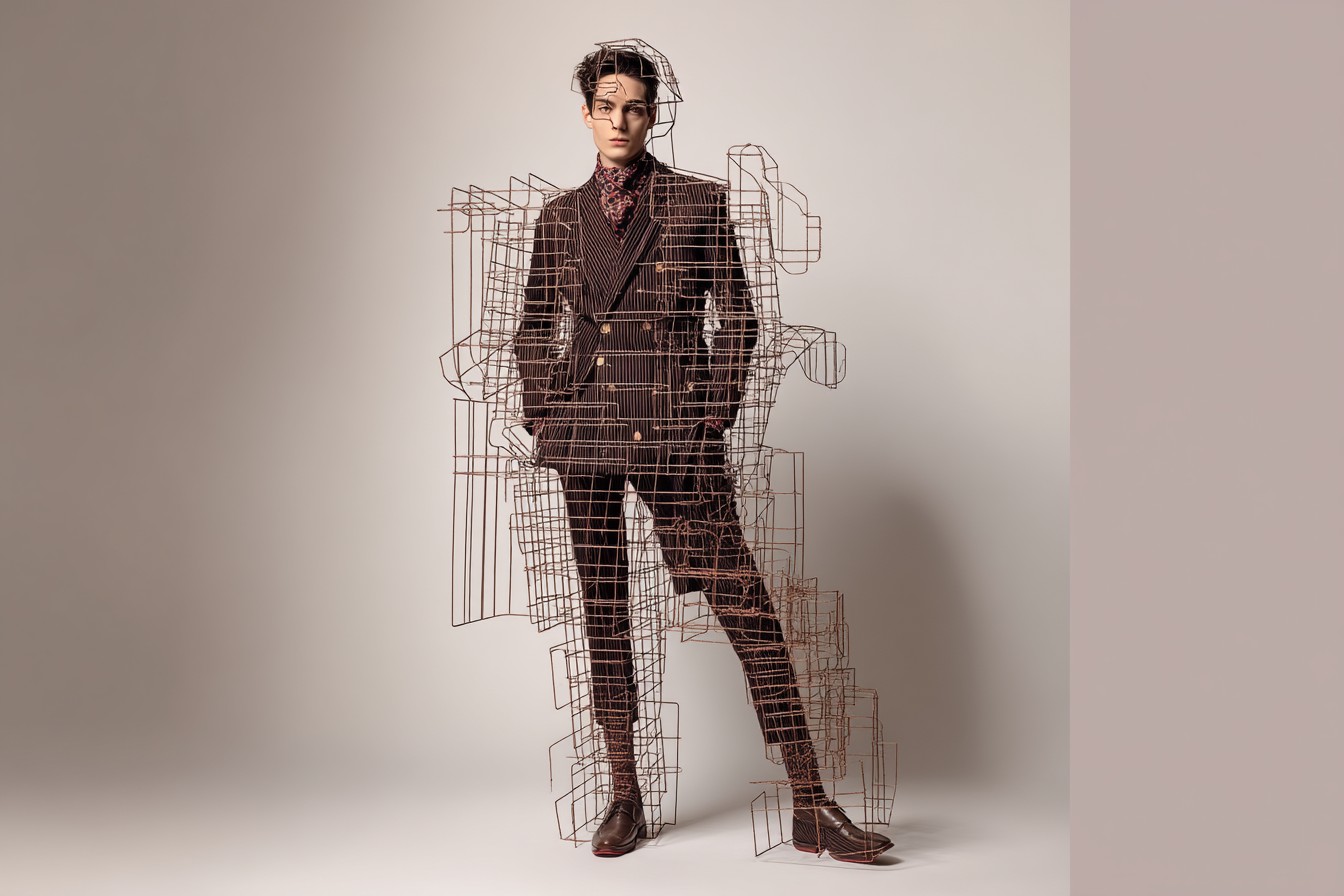
6. When genuinely unsure, ask. Most managers would rather answer a straightforward question about dress expectations than deal with inappropriate choices after the fact.
7. A good blazer or sportcoat can salvage almost any outfit in a pinch. Keep one at the office if you can.
The most important thing to understand about British office style in 2024 is that uncertainty is universal. Nobody has fully figured out the new rules because they’re still being written. The pandemic forced a reset of workplace norms that we’re still processing, and different organizations are landing in different places. The traditional British business uniform provided clarity and ease—you knew exactly what was expected. The new landscape requires more judgment and attention to subtle cues.
For what it’s worth, in most environments, I’m seeing a return to slightly more formal standards than the immediate post-lockdown period, but not back to pre-pandemic levels. That extreme casual moment where people were essentially wearing upmarket loungewear to important meetings seems to be fading. There’s a growing recognition that how we dress affects how we work and how we’re perceived, regardless of whether anyone is formally enforcing a dress code.
Bottom line? British office style in 2024 is a negotiation—between personal comfort and professional expectations, between tradition and modernity, between individual expression and organizational culture. The days of the universal suit may be behind us, but the principle of dressing appropriately for context remains. The difference is that now, you have to figure out what “appropriate” means through observation and judgment rather than following a simple written code.
And if all else fails, decent trousers, a good shirt, and clean shoes will get you through most situations without raising eyebrows. Sometimes the boring middle path is the safest one while we all figure out what comes next. Just maybe don’t wear shorts to your accountancy firm. Some boundaries, it seems, are still worth maintaining.

